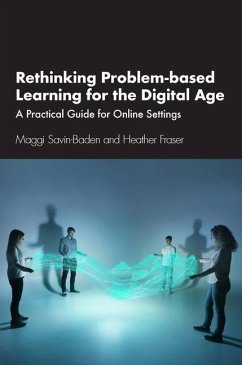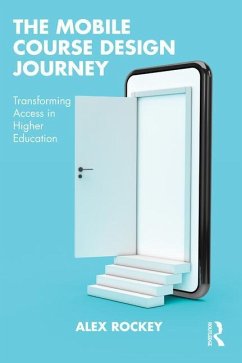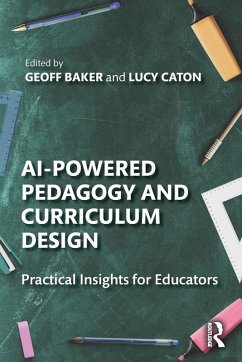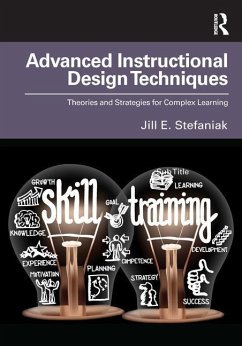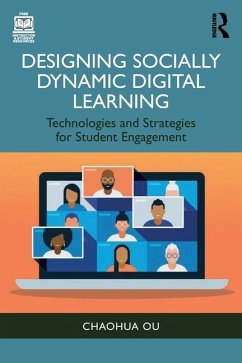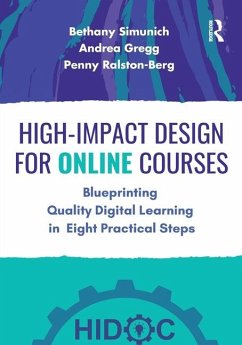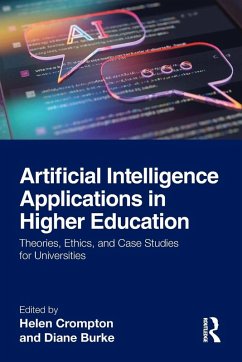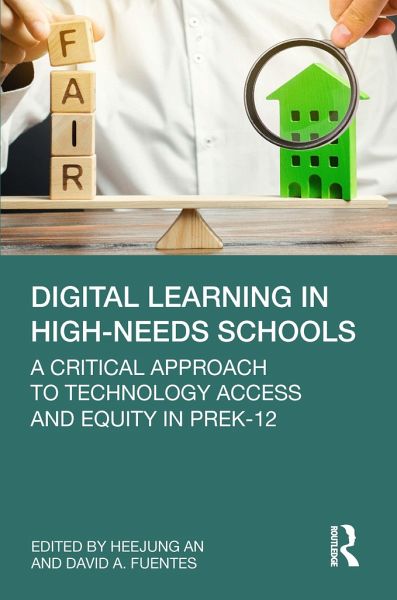
Digital Learning in High-Needs Schools
A Critical Approach to Technology Access and Equity in PreK-12
Herausgeber: An, Heejung; Fuentes, David A.
Versandkostenfrei!
Versandfertig in 1-2 Wochen
53,99 €
inkl. MwSt.

PAYBACK Punkte
27 °P sammeln!
Digital Learning in High-Needs Schools examines the challenges and affordances that arise when high-needs school communities integrate educational technologies into their unique settings.





